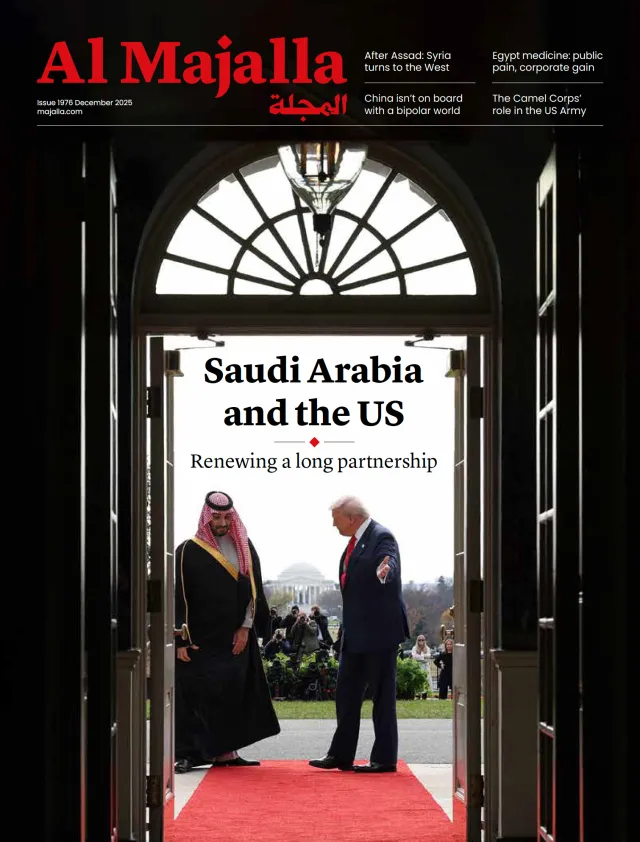As part of its bid to diversify its economy and boost growth, Kuwait has ramped up efforts to attract foreign direct investment (FDI). As such, Kuwait's Vision 2035 has set out a comprehensive vision and blueprint for achieving these goals.
This includes plans to foster a healthy business ecosystem, improve government efficiency, and diversify and boost the contribution of non-oil sectors to the local economy. Other goals include enhancing the quality of life and healthcare, as well as developing a robust and capable workforce to help sustain the country's development.
The first major moves to boost FDI into Kuwait came in 2013 when the government passed Law No. 116, which established the Kuwait Direct Investment Promotion Authority. Before this, investment-related matters were managed by departments within the Ministry of Finance and the Ministry of Commerce and Industry, and foreign investors were discouraged from entering the Kuwaiti market due to its complex economic environment and unfavourable laws regarding foreign ownership.
Serious efforts are now underway to accelerate financial and economic reforms, develop the local business environment, and enhance its competitiveness in line with Kuwait Vision 2035. But both before and after the establishment of KDIPA, FDI inflows have consistently fallen short of expectations. The question remains: will the KDIPA be able to boost FDI where previous government departments have failed?
According to statistics from the United Nations Conference on Trade and Development (UNCTAD), the average annual FDI flows to Kuwait amounted to approximately $615mn, a relatively low rate compared to other Gulf countries. For instance, the annual average reached $17bn in the United Arab Emirates, $11bn in Saudi Arabia, $3.5bn in Oman, and $1.9bn in Bahrain.
This FDI disparity between Kuwait and other Gulf countries demonstrates that the government has a long way to go if it wants to realise its Vision 2035 goals.




